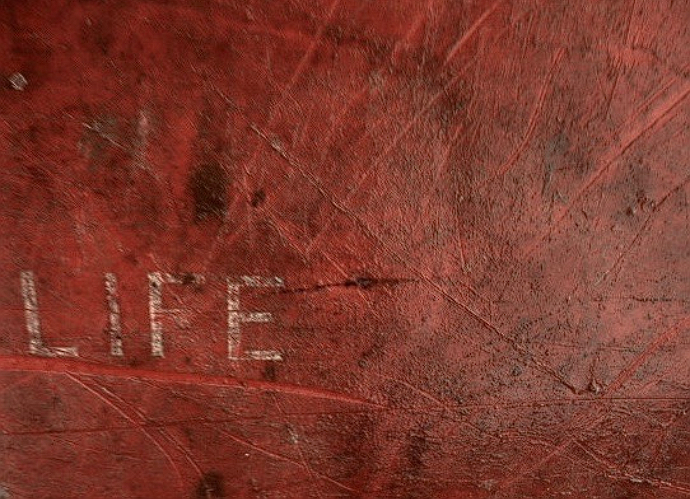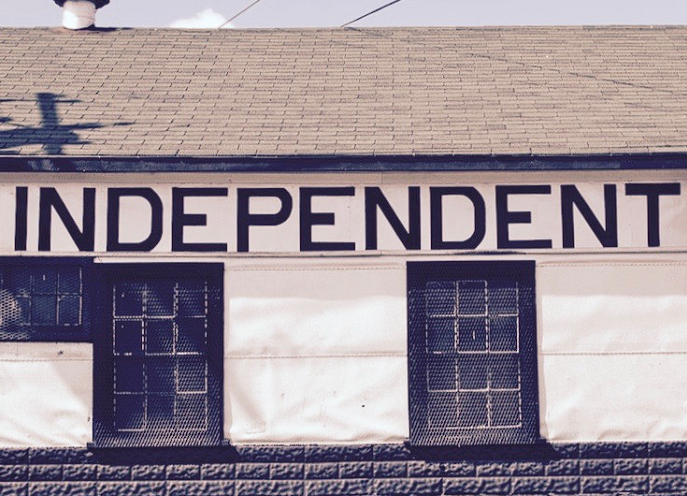I am visiting family in Luxembourg. The news here closely follows ArcelorMittal, the international steel giant. The local media interest dates back to 2002 when Arcelor was born from the merger of Luxembourg’s ARBED with the Spanish Aceralia and the French Usinor. In 2007, Arcelor was acquired by the Indian Mittal. ArcelorMittal is headquartered in Luxembourg and traded on the Luxembourg stock exchange.
On December 21 2012, ArcelorMittal announced a U.S. $4.3 billion write-down that involves the goodwill of its European operations. Goodwill represents intangible resources, such as brand name, synergies and future investment opportunities. At the end of 2011, the total goodwill of ArcelorMittal was U.S. $14.4 billion and total assets were $93.7 billion.
International Financial Reporting Standards (IFRS) require that a company annually evaluate the value of its goodwill based on its managers’ internal projections of future cash flows. In theory, managers have a lot of information about future projects; they are well placed to judge their company’s ability to generate future cash flows and sustain the value of its goodwill. European steel markets have been in dire straits: the demand for steel in Europe has declined by about 29% since 2007. A declining demand for steel can lead to decrease in future cash flows of a company like ArcelorMittal and, hence, in the value of its goodwill.
That, at least, is the theory. In practice, a company’s decision to write down its goodwill can be influenced by factors other than future cash flows. Consider political concerns. Companies can rely on goodwill write-downs to bolster their case when negotiating with governments and political parties. In this regard, the timing of ArcelorMittal’s goodwill write-down is intruiging.
ArcelorMittal has been negotiating with the French government over the future of the steel plants at Florange, a site in Northeastern France that ArcelorMittal has wanted to close since 2003 when Arcelor pieced together its Apollo investment plan. Closure could however jeopardize the rest of ArcelorMittal’s operations in France where it employs more than 20,000 workers at 50 different sites. The French government has staunchly resisted the proposed closure; ArcelorMittal was told by Mr Arnaud Montebourg, France’s industrial minister, that it might no longer be welcome in France.
In early December, a deal regarding Florange was reached. ArcelorMittal is to invest 180 million Euros into Florange during the next 5 years, thereby avoiding the proposed closure and saving 630 jobs. The Florange plants is to be put on temporary hold. The long-term plan, hypothetical for now, is to make the Florange plants produce environmentally friendly high-end steel (a project called ULCOS, Ultra Low Carbon Dioxide Steelmaking). The French government committed 150 million Euros.
It is questionable how definite this December deal is, as its terms are rather vague. What is to happen to the Florange employees while the plants are on hold? Florange employs about 2,500 people of which 630 would have been affected by the proposed closure. The future of the ULCOS project at Florange is uncertain too, as it has yet to receive financing. What are the Florange plants being used for while they await realization of the ULCOS project? In light of these questions, the December deal keeping Florange alive is shaky at best. Will ArcelorMittal and the French government stick to their ends of the deal?
In the last couple of weeks, the French government has been playing the tough negotiator card. It keeps putting the thread of nationalization on the table, while questioning ArcelorMittal’s commitment towards the December deal. ArcelorMittal, in turn, does its own negotiating antics. Its chairman and CEO, Mr Lakshmi Mittal, officially shows outrage at the French government. And now the $4.3 billion write-down. Although the European steel industry is in a slump, the timing of the write-down may help ArcelorMittal argue that keeping the Florange plants alive is no longer a viable option. The write-down depicts ArcelorMittal as pounded by the cruel forces of bleak European steel markets, which may not give it the leisure to keep Florange on hold.
What would ArcelorMittal gain from strategically timing the $4.3 billion write-down? Perhaps the French government can be convinced to pour (more) money into the Florange operations. Or the financing for the ULCOS project can be sped up, and obtained earlier rather later. It remains to be seen whether, in the tug-of-war between ArcelorMittal and the French government, the timing of $4.3 billion write-down is ArcelorMittal’s latest strategic card.
Your thoughts?
Photo courtesy of Ross Vernal.









